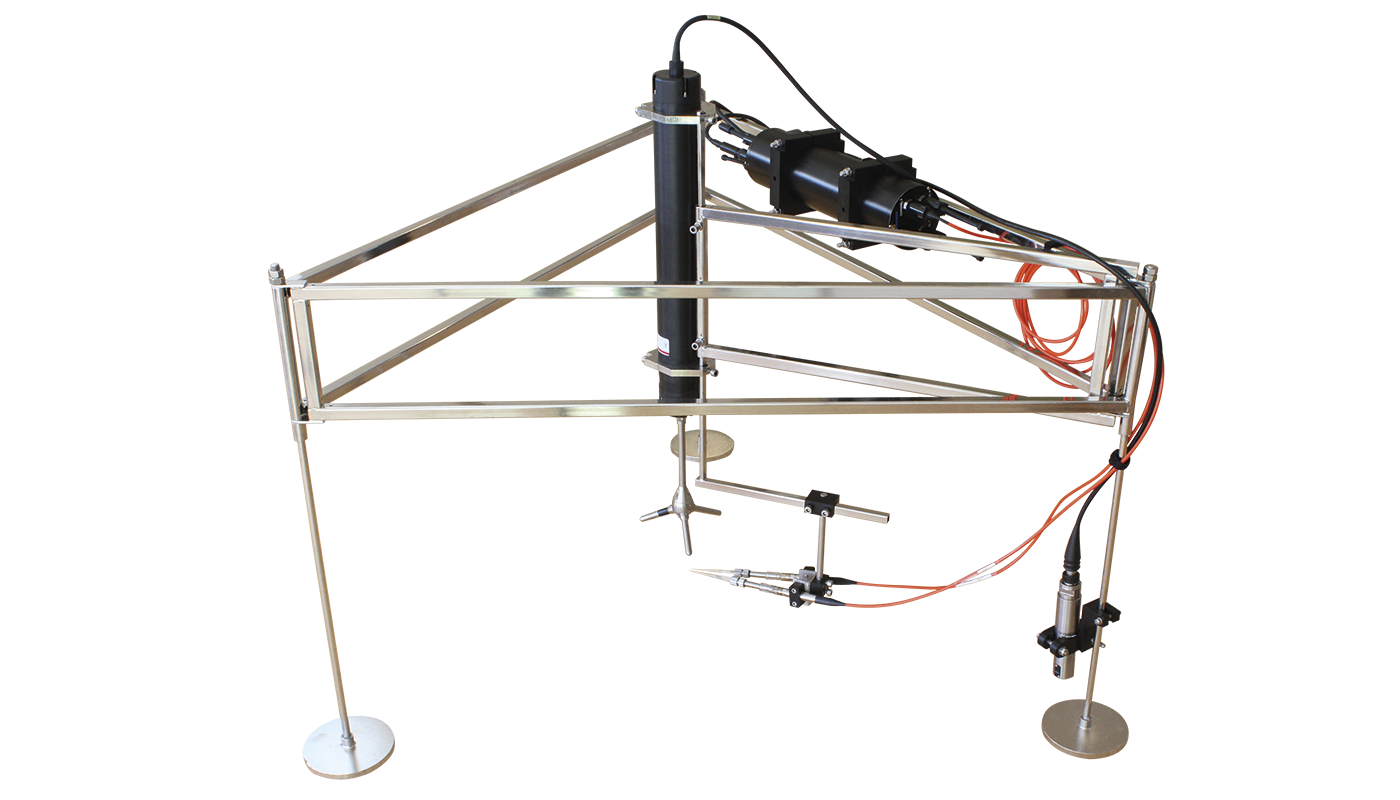
Eddy Covariance System
With the complete Plug ‘N'Deploy Eddy Covariance System, you can study benthic fluxes in aquatic environments. The eddy covariance technology is becoming a standard methodology for benthic research measuring flux of O2, H2S, and temperature. Read more...
Measure benthic multiple parameter flux
The technique allows non-invasive in situ measurements of flux in the hydrodynamic boundary layer of permeable sediments, seagrass beds, or coral reefs by simultaneous measurements of vertical velocity and concentration of e.g. oxygen, thus being a complementary method to profiling studies and chamber incubations.
- Core unit for MiniProfiler MP4/8 and Eddy Covariance Systems
- 2 channels for fast MicroOptodes with fast temperature compensation
- 4 channels for fast microsensors
- Full Berg eddy flux data analysis software
- Fast data download and easy data export
- Complete system
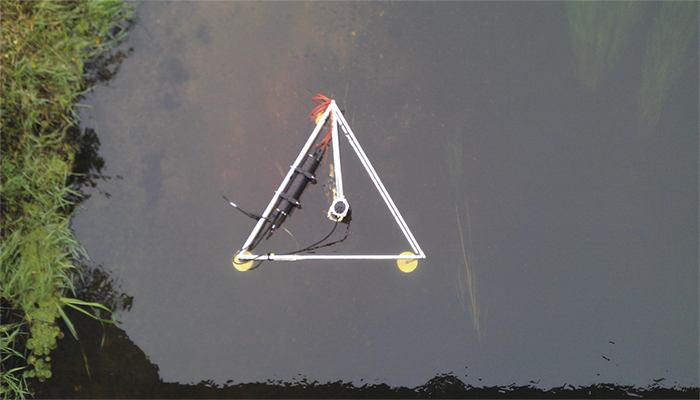
Your Eddy Covariance System
Depending on your application, you have a choice of a heavier ROV manageable frame or the lightweight Berg frame. The Field DataLogger gives you 4 high speed channels, full system integration, and is customizable for serial devices. If you add the Field MicroOptode Meter, you get 2 fast optode channels, and our temperature sensors enable fast temperature compensation. LAN support allows you to study near real-time data and, via PC interface, to configure and adjust system settings.
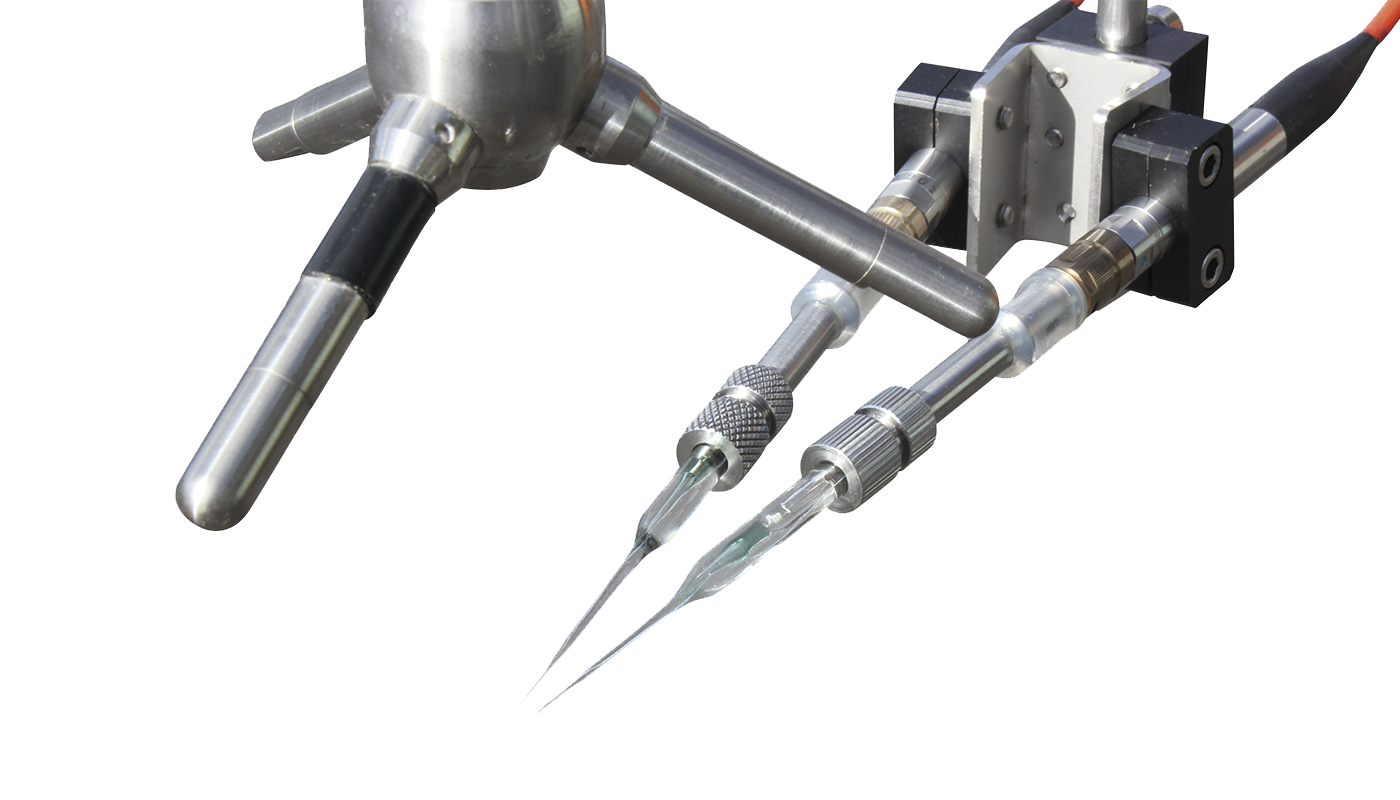
One solution
The Eddy Covariance System provides a full, customizable solution for your eddy covariance flux studies. The data can be analyzed through the complementary and peer-reviewed Berg eddy flux software or exported to CSV files for further analysis.
The Field DataLogger is the core electronics in all of our Field Systems, providing you with one control unit for MiniProfiler MP4/8, Eddy Covariance System, and our MiniChamber Lander System.
Bringing two oxygen sensing technologies together
By adding our Field MicroOptode Meter to the Eddy Covariance System, you gain the option of choosing between two oxygen sensing technologies or to use both at the same time.
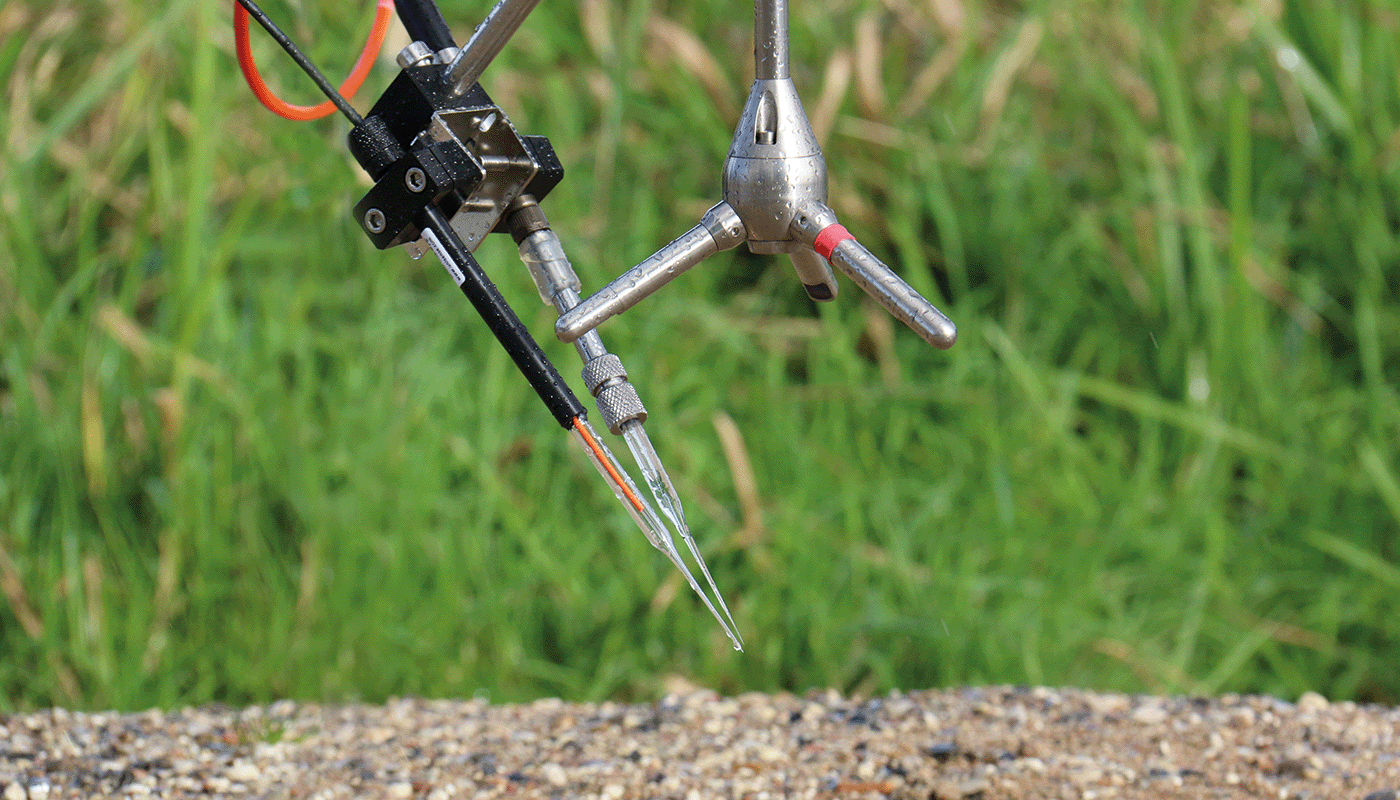
| Product | Description |
|---|---|
|
Product
Eddy Covariance System
|
Description
Please enquire for options and specifications
|
Text Guides
Quick Enquiry
Related products
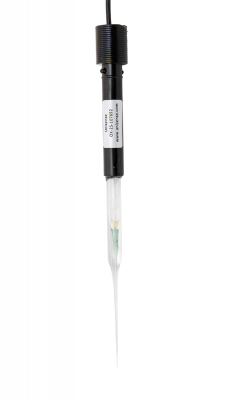
High performance oxygen microsensor
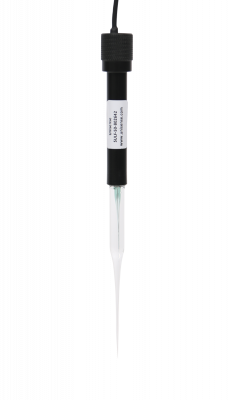
Detect hydrogen sulfide in your sample
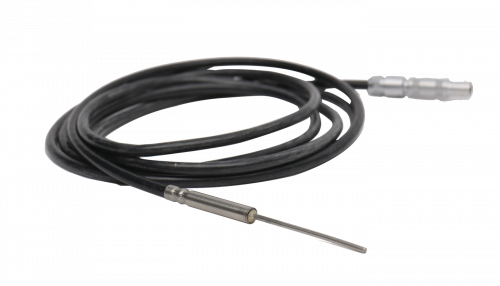
Monitor temperature in your sample
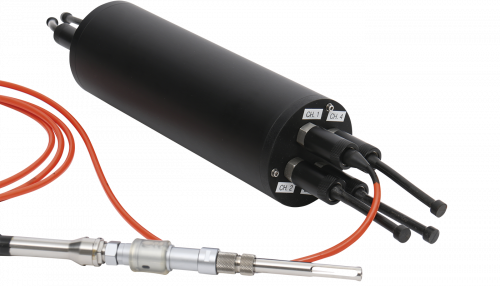
A cost effective way of applying all our sensors in situ with deep sea rating to 6,000 m and long battery life
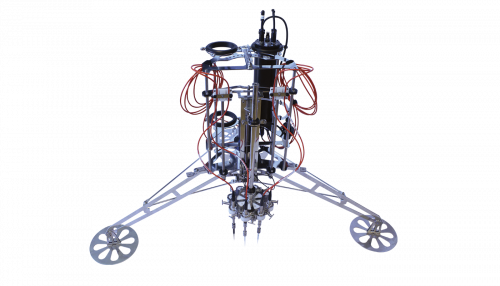
Complete system for shallow water microprofiling studies with 4 or 8 channels
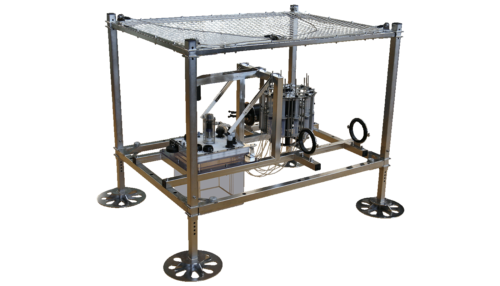
Study multiple parameter fluxes by benthic chamber incubations
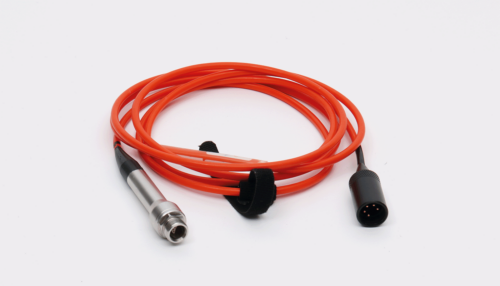
Waterproof amplifier and microsensor connector system
